Black Weed Covering Material for Strawberry
The use of a covering material from weeds when growing strawberries makes it much easier to care for them. There is no need for weeding, watering is carried out less often. On sale you can find several types of covering material, and each of them has its own advantages.
You should not save on the thickness of agrotextile. The dense material makes it possible to use it for several seasons in a row.
Benefits of using black material
Hand weeding takes a lot of time for summer residents and does not bring pleasure. A ground covering will help to avoid routine work. The essence of protecting ridges from weeds is that dense material does not allow sunlight to pass through, and this has a depressing effect on the weeds, interrupting the biochemical processes that ensure their vital activity. As a result, weeds die.
You can protect the material from weeds not only in the beds - it is laid in the aisles, garden paths are lined.
It is necessary to cover the beds with black material, which practically does not let the sun's rays through.
This method of growing strawberries has several additional benefits:
- the top layer of the earth is not exposed to excessive drying or flooding;
- under the cover, a microclimate suitable for the growth of a culture is created, which is destructive for pathogenic microorganisms and fungal spores;
- easier care for bushes;
- harmful insects cease to multiply and die;
- berries stay clean without touching the soil;
- the coating can serve up to 8-10 seasons without losing its qualities.
When using black material, it should be borne in mind that under the influence of sunlight, the coating becomes very hot. In the southern regions it is better to replace it with sawdust, wood chips, hay.
When growing strawberries in this way, you need to pay special attention to the watering regime. Water is applied less frequently and in moderation. Violation of this rule can provoke a greenhouse effect and the development of root rot due to excess moisture.
How to cover strawberries with weed control material?
It is customary to cover strawberries before planting. The preparation of the beds begins 2 weeks before planting the seedlings. The earth is dug up, freed from plant debris and rhizomes of weeds. After that, it takes time for the soil to settle. The ridge should be raised - this will help to avoid stagnant moisture.
The order of work:
- Before laying the shelter, the ground is watered, the necessary fertilizers are applied.
- Small grooves are dug on both sides of the beds - the canvas will be fixed in them.
- Having spread the material on the ridge, it is pressed on the sides with boards, metal rods, stones and buried in.
- Then markup is carried out using a cord and chalk.
- With an interval of 30 cm, cross-shaped cuts are made, the canvas is opened slightly, holes are made and strawberry bushes are planted there.
- After planting, the bushes need to be watered abundantly.
It is better to work in calm weather, so that the material is not blown away. The bed should not be too wide, then caring for the plants will not cause difficulties. It is better to grow no more than 2 rows of strawberries under one canvas with a row spacing of 40 cm.
Types of covering material for strawberries
Today, Russian manufacturers produce several types of covering material, differing in manufacturing technology, density, composition, and price.
- The white canvas is designed to protect plants from ultraviolet radiation and return frost.
- The black cover protects the planting from weeds.
The density of the material varies in the range of 20-60 g / m22.
Spunbond
Agro-fabric is produced from molten polypropylene granules. Manufacturing technology may vary. The canvas is produced in various densities and widths.
The advantages of the material include:
- ecological cleanliness;
- wear resistance;
- strength;
- breathability;
- ease;
- low flammability;
- affordable price.
The fabric is water permeable, does not emit toxins into the environment, and does not react with pesticides.
For strawberry beds, it is better to use spunbond with a density of 50-60 g / m2 with UV stabilizing layer.
Spunbond is also produced under other trade marks - "Agrotex", "Agrolux".
Geotextile
Geofabric is created from polyester fibers using high temperatures or needle punching. In the first case, the material passes water worse, but is highly durable. In the second, the strength will be slightly lower, and the water permeability, on the contrary, will be increased.
Pros of geotextile:
- resistant to decay;
- not damaged by rodents;
- decays slowly over time;
- does not emit hazardous chemical elements;
- "Breathes" and lets water through;
- easy to use;
- economical.
The popularity of agrotechnical fabric is due to its excellent value for money.
Sometimes on sale you can find mixed geotextiles with additives in the form of viscose, wool, cotton fibers. Due to its more natural composition, such a coating has a shorter service life.
Lutrasil
In fact, this material is an analogue of a spunbond. For mulching strawberries, choose the highest density black lutrasil.
Lutrasil Advantages:
- due to plasticity, it lies flat, without bubbles;
- retains its integrity for a long time;
- resists external influences (sun, wind, high and low temperatures);
- good air and moisture permeability;
- does not emit toxic compounds;
- well stored in rolls under any conditions;
- has an affordable price.
The structure of the canvas is of two types - cellular and fibrous, it does not matter much. Density remains the main selection criterion. Strawberries covered with black lutrasil yield earlier crops due to the rapid warming of the soil in spring.
Agril
Agryl differs from other covering materials in its higher light transmission. In this case, the luminous flux is scattered. Under such a shelter, plants do not suffer from heat or frost.
Additional advantages of the material:
- good breathability;
- moisture permeability;
- long service life;
- ease of use;
- protection of soil from erosion;
- acceptable price.
For mulching strawberries, choose a black coating with a density of 50 g / m2... The agrotechnical fabric is also suitable for growing vegetables.
Black film
Before the invention of nonwovens, black film was the only type of artificial mulch. It has good light insulating properties to help protect plants from weeds. Another plus of using black film is its cheapness. At the same time, the coating has a number of significant disadvantages:
- does not allow moisture to pass through;
- creates a greenhouse effect that contributes to the appearance of fungal diseases;
- has low resistance to mechanical damage and ultraviolet radiation, which reduces the service life.
When choosing a material, you should give preference to the option with a light stabilizing coating. It is also possible to purchase a three-layer reinforced film for increased strength.
When using artificial mulching materials for strawberries, it is necessary to change the further care of the crop. Before watering, you will need to check the moisture content of the soil through the holes made in the canvas. Fertilizers are fed to the root of each bush in liquid form.The advantages and availability of this method of growing garden strawberries make it possible to recommend it to any summer resident.
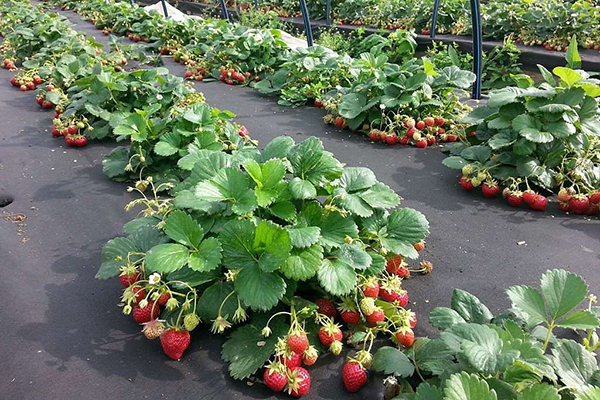
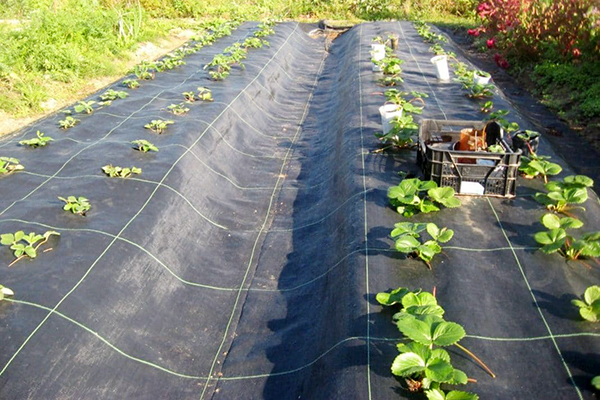
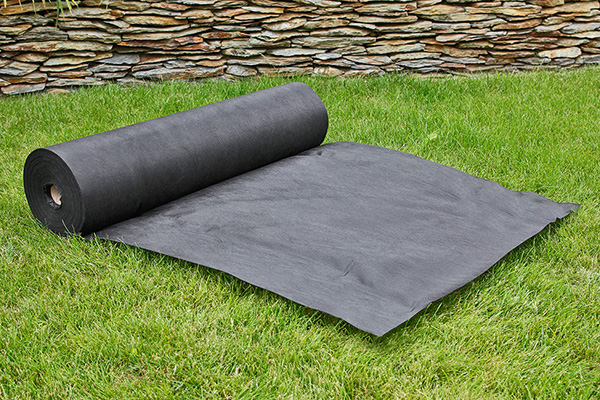
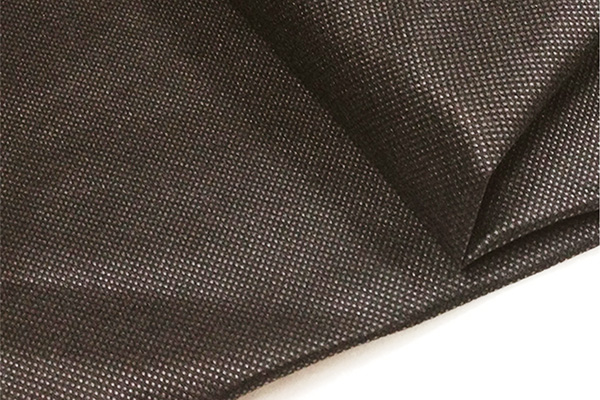
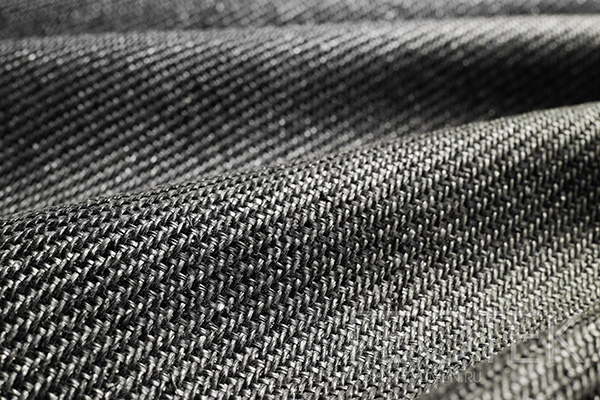
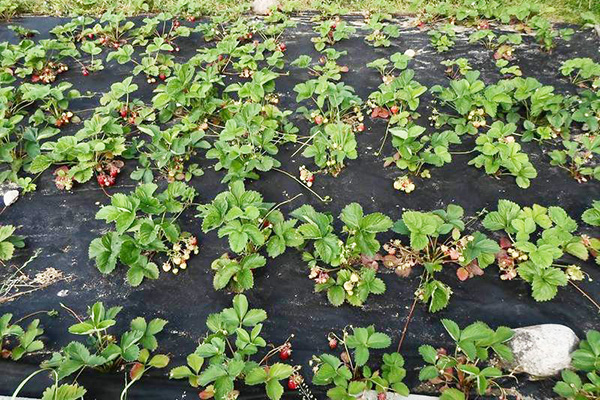
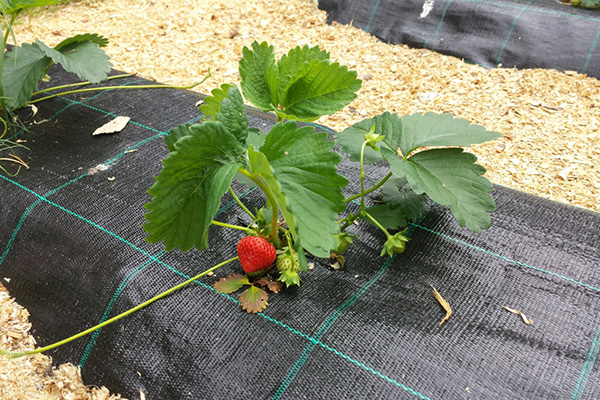
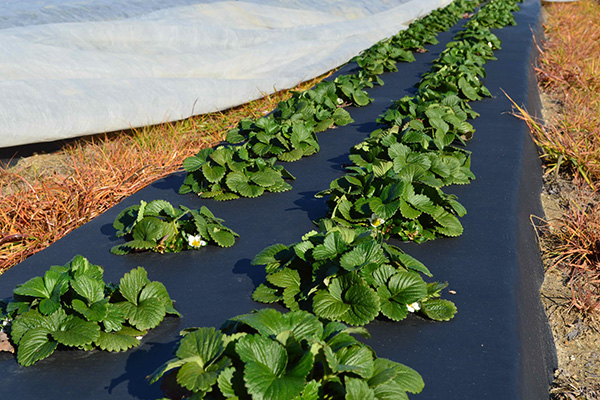
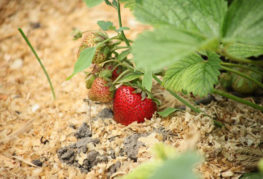
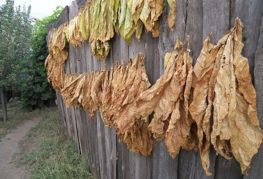
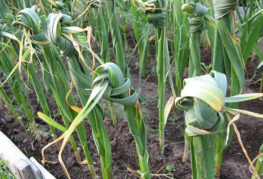
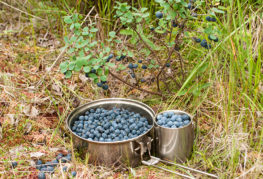
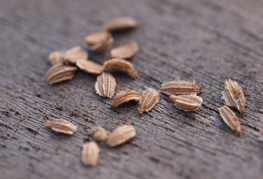
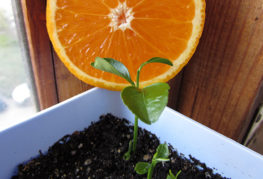
and will be published shortly.